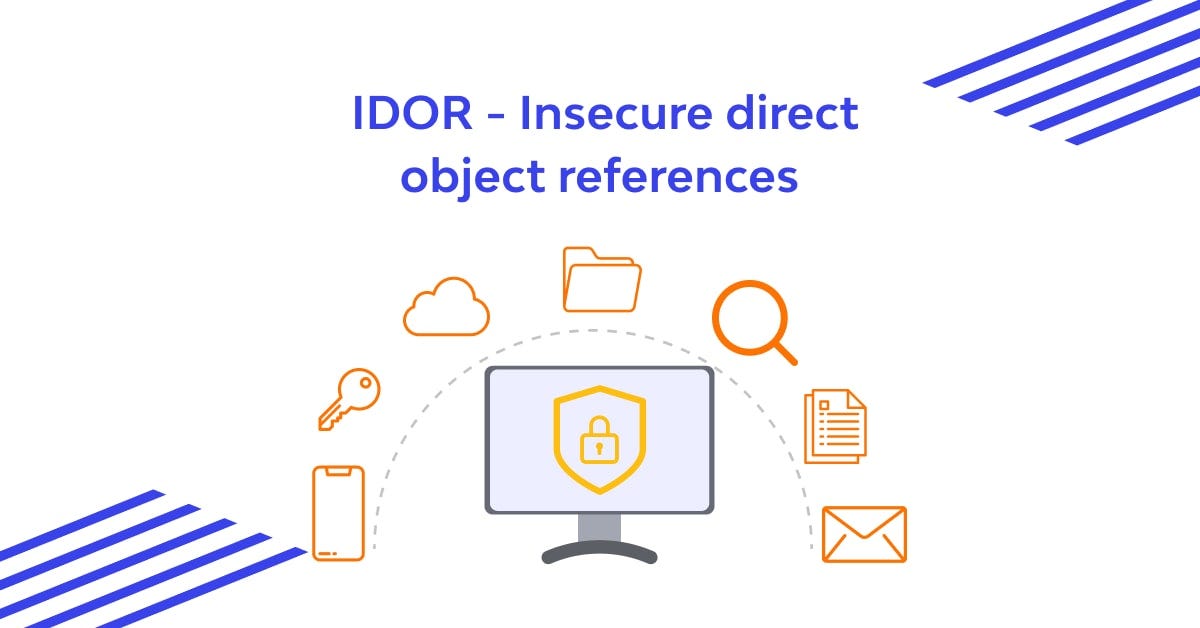BOOK THIS SPACE FOR AD
ARTICLE ADWordPress, the widely adopted content management system (CMS), offers great flexibility and functionality for website owners. However, its popularity also attracts the attention of cybercriminals seeking to exploit vulnerabilities within the platform.
In this comprehensive guide, we will delve into real-world WordPress vulnerabilities, examining recent security incidents, identifying key weak points, and providing actionable strategies to fortify your website. Prepare to arm yourself with knowledge as we navigate the treacherous landscape of WordPress vulnerabilities together.
To effectively combat WordPress vulnerabilities, it’s crucial to understand the potential weak spots that attackers may target. Let’s explore the primary vulnerabilities that pose risks to WordPress websites:
1. Outdated WordPress Core
Running an outdated version of WordPress core leaves your website exposed to known security vulnerabilities. Attackers can exploit these vulnerabilities to gain unauthorized access, inject malicious code, or deface your site.
2. Insecure Plugins and Themes
Installing poorly coded or outdated plugins and themes can create security vulnerabilities. Cybercriminals often exploit these vulnerabilities to execute attacks such as cross-site scripting (XSS), remote code execution, or SQL injections.
3. Weak User Credentials
Weak passwords or using default usernames (such as “admin”) are common mistakes that compromise website security. Brute-force attacks and credential stuffing become easier for attackers when weak user credentials are in place.
4. File Upload Vulnerabilities
File upload functionalities in plugins or themes can be exploited if not adequately secured. Attackers can upload malicious files, gaining control over the website or spreading malware to visitors.
5. Cross-Site Scripting (XSS)
XSS vulnerabilities allow attackers to inject malicious scripts into websites, affecting visitors who interact with compromised pages. Exploiting XSS vulnerabilities, attackers can steal user data, redirect traffic, or deface websites.
Examining recent security incidents involving WordPress vulnerabilities can shed light on the real-world impact and the importance of proactive measures. Let’s explore a few noteworthy incidents:
1. The “TimThumb” Saga
In 2011, the “TimThumb” vulnerability emerged as a significant security concern. Exploiting this vulnerability, attackers could upload malicious files, execute arbitrary code, and compromise websites utilizing outdated versions of the “TimThumb” script. The incident highlighted the need for regular updates and the removal of unsupported plugins or themes.
2. “Slider Revolution” (RevSlider) Breach
In 2014, a vulnerability was discovered in the popular “Slider Revolution” plugin. The flaw allowed attackers to bypass authentication and gain administrative access to websites. Exploiting this vulnerability, hackers defaced numerous websites and injected malicious code. This incident emphasized the importance of promptly updating plugins and regularly auditing third-party components.
3. “WooCommerce” Security Concerns
In 2020, several security vulnerabilities were identified in the widely used “WooCommerce” plugin. These vulnerabilities could be exploited to execute arbitrary code, compromise customer data, or perform malicious actions on affected websites. Timely updates and monitoring of plugin vulnerabilities are crucial to prevent such incidents.
Now that we have examined real-world vulnerabilities and learned from recent incidents, let’s explore proactive measures to safeguard your WordPress website:
1. Regular Updates
Keep your WordPress core, themes, and plugins up to date. Regular updates often include security patches that address known vulnerabilities, reducing the risk of exploitation.
2. Select Trusted Plugins and Themes
Choose reputable plugins and themes from trusted developers. Verify their compatibility with your WordPress version and check their update frequency and user ratings. Avoid installing unnecessary or untrusted components.
3. Strong User Authentication
Enforce strong passwords and avoid using default usernames like “admin.” Implement two-factor authentication (2FA) to add an extra layer of security to user logins.
4. File Upload Security
Ensure that file upload functionalities in plugins or themes follow best security practices. Implement proper file type validation, restrict access to uploaded files, and utilize server-side security measures to prevent unauthorized file execution.
5. Security Audits and Monitoring
Regularly audit your website for vulnerabilities using security plugins or professional services. Monitor security forums and official WordPress sources for vulnerability disclosures and apply patches promptly.
Q1: How frequently should I update my WordPress plugins and themes?
A1: It is recommended to update your plugins and themes as soon as new updates are available. Regular updates help to address security vulnerabilities and ensure compatibility with the latest WordPress version.
Q2: Can I recover my website if it falls victim to a security breach?
A2: Regularly backing up your website is essential for disaster recovery. In case of a security incident, you can restore your website to a clean backup, minimizing the impact of the breach.
Q3: Are there security plugins available for WordPress?
A3: Yes, there are several reputable security plugins such as Wordfence, Sucuri, and iThemes Security. These plugins provide various security features, including firewall protection, malware scanning, and login security enhancements.
Conclusion
WordPress vulnerabilities pose a significant threat to website security. By understanding these vulnerabilities, learning from recent incidents, and implementing proactive measures, you can enhance the security of your WordPress website. Stay vigilant, keep your software up to date, and follow best practices to protect your digital fortress from potential attacks. Safeguarding your online presence requires constant effort, but the reward is a secure and resilient WordPress website.
.png)
 11 months ago
45
11 months ago
45 














 Bengali (Bangladesh) ·
Bengali (Bangladesh) ·  English (United States) ·
English (United States) ·